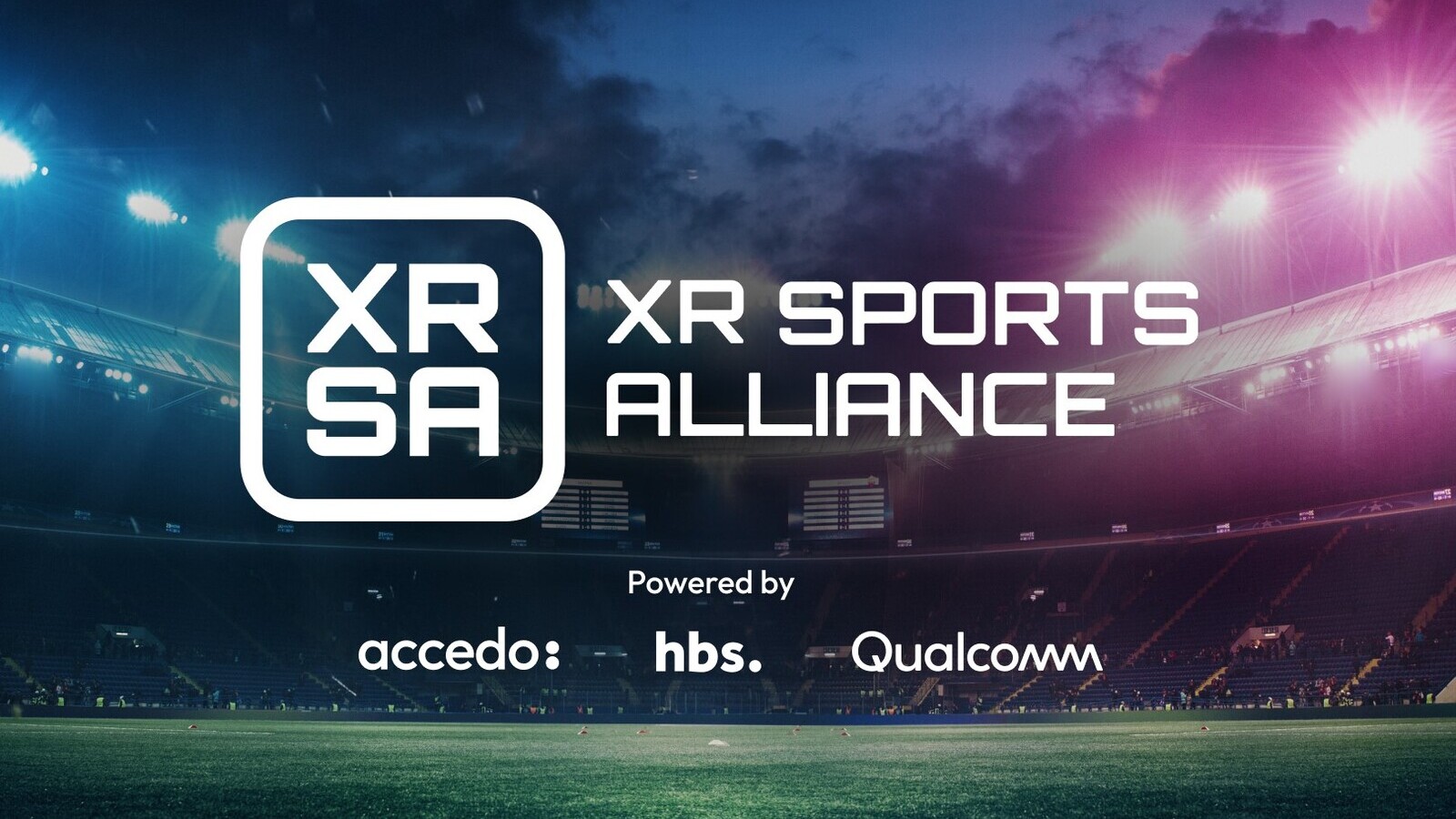A recent webinar from IBC365 explored the collision between gaming, esports and television, and how advances in connected TV, streaming and VR pave the way for new forms of media consumption. Pay TV operators and broadcasters are increasingly wondering how gaming and esports might work within their existing businesses. Below, Content Everywhere exhibitors discuss how they are helping providers to meet the challenges, including ensuring low latency, managing high traffic loads, maintaining server stability, preventing cheating and cyber-attacks, and delivering a seamless and immersive user experience.
Growing business
Thomas Bostrøm Jørgensen, CEO of Appear, cites figures from Statista that predict there will be over 285 million frequent viewers of esports worldwide by the end of 2024, as well as some 291.6 million occasional viewers.

“Esports broadcasting walks a tightrope between three main challenges: keeping up with a booming industry, ensuring a flawless experience with zero lag, and doing it all without breaking the bank,” he says. “Esports broadcasters must handle a growing web of camera feeds and intricate productions. Even the smallest delays can disrupt gameplay and shatter the viewing experience. Profitability in this competitive space hinges on highly efficient and cost-effective solutions.”
Rick Young, SVP, head of global products at LTN, says that the competitive gaming industry is on an upward trajectory, and its long-term growth potential shows no signs of slowing.
“As companies launch new gaming offerings, they face new challenges and opportunities. For broadcasters, this provides the framework to offer seamless live esports experiences capitalising on low latency and ultra-high quality, while generating new revenue streams,” Young says. “These feeds will give media companies a digital-first medium that prioritises technological advancement and agility, pivoting with the demands of game creators, audiences, and players.”...
You are not signed in.
Only registered users can view this article.
 (1).jpg)
Broadcasting in 2024: Spotlight falls on production and platforms
Over the past decade, media companies had a strong focus on the way programmes were viewed – we’ve seen HD, 3D, 4k, 8k, HDR, VR, and AR presented as the next big thing. In 2024, things shifted. John-Maxwell Hobbs digs into production and delivery practices, cloud, AI and sustainability trends of the past 12 months.
.jpg)
Highlight of the year: Olympic Gold for 5G as adoption gathers pace
The Paris 2024 Olympics marked a significant milestone in the effectiveness of 5G technologies for live broadcast, with Neutral Wireless and the BBC leading the charge.

Content Everywhere: a look back at 2024
As the year draws to a close, it seems an opportune time to ask Content Everywhere companies for their views on the top trends in 2024. As always, key industry players have been keen to respond with comments and views on how the past year shaped up both for them and the wider industry.

AI and the evolution of MAM: Part three – future outlook
In the final part of our investigation into MAM’s current and future relationship with AI, James McKeown analyses where the technology is likely to take asset management capabilities next, and the other factors driving the evolution of the space.

RSIFF: Kingdom underlines ambitions to become filmmaking powerhouse
Saudi Arabia's cinema market is experiencing a cultural renaissance, driven by increasing local productions and a growing appetite for diverse storytelling, reports Adrian Pennington from the Red Sea International Film Festival.


.jpg)


